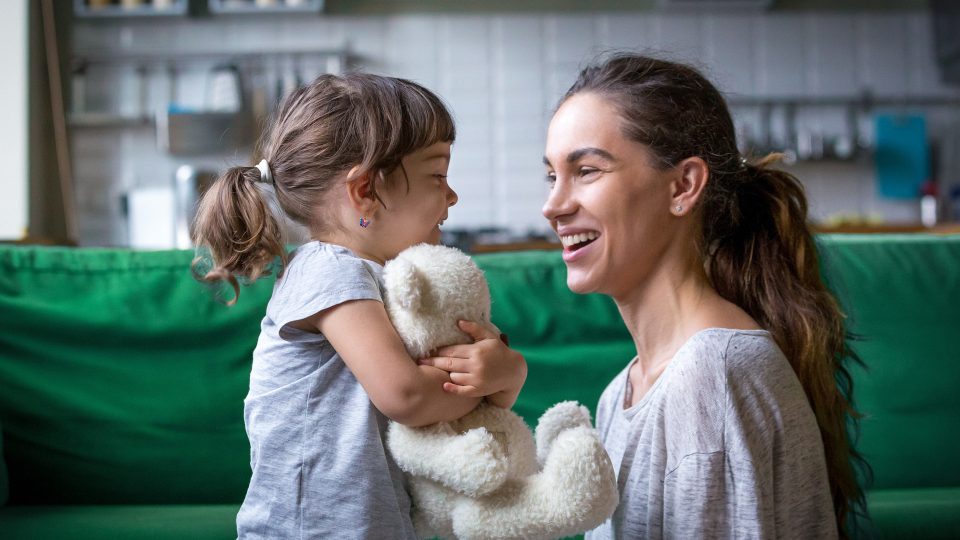Caregiver burden and burnout – signs to look out for and ways to prevent it
- 12 Oct 2023
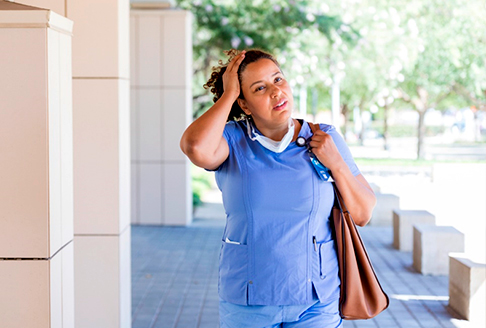
Key points:
- what are the signs of caregiver burden
- what is the difference between caregiver burden and caregiver’s burnout
- ways to relieve caregiver burden
Jenny, 56, is a full-time nurse and mother of three school-aged children, one of whom has a learning disability. Jenny is also the primary carer for her two elderly parents and her husband’s mother, and the go-to advisor for various elderly neighbours in her street.
Jenny visits her local GP as she’s ‘just not feeling right’. She has been feeling overwhelmed, constantly tired and often on the verge of tears. Her GP explains that she has a classic case of caregiver burden.
What is an informal and primary caregiver?
One in 10 Australians are informal carers, the majority of whom do not receive government support payments.
In 2018, one in three carers (33% or an estimated 861,600 people) were primary carers, meaning they provided the most care to a person with disability in one or more core activities (self-care, mobility and communication) (ABS 2019). ‘Other informal carers’ are people who provided informal care to someone but were not their primary carer.
Primary carers are most commonly female (72%, compared with 50% of other informal carers in 2018). This varied further by age, with primary carers between the ages of 25 and 54 particularly likely to be female (81% of those aged 25–34, 82% of those aged 35–44, and 75% of those aged 45–54).
Informal carers are people who provide care to those who need it within the context of an existing relationship, such as a family member, a friend or a neighbour. The demands of the role often go beyond what would normally be expected of these relationships. People who need help may also receive formal services from government and other organisations.
What is caregiver burden?
Caregiver burden can be defined as the (often cumulative) exhaustion experienced by a person who cares for a disabled, chronically ill or older family member/loved one.
What is the difference between caregiver burden and caregiver burnout?
If unrecognised and untreated, caregiver burden can escalate into caregiver burnout.
Caregiver burnout is a serious state of emotional, mental and physical exhaustion that a carer can experience while they’re taking care of others. It’s worth remembering that the risk of burnout often increases as the responsibilities and burden of caregiving grow.
Three common signs of caregiver burden
While not all caregivers may have the same caregiving experience as Jenny, here are three typical signs that you may be experiencing caregiver burden.
1. Feelings of being overwhelmed
Often a carer can find their support is needed urgently with no time for them to plan their time, resources and mindset. More often than not, these new care responsibilities are added to an already long list of personal obligations the carer may have as a mother, wife and/or employee.
The specific requirements of caring for people can also add to the feeling of being overwhelmed. Much caregiving is learnt on the job without any training and this responsibility is a huge burden for the carer. Perhaps the carer needs to deal with a new diagnosis of a family member that requires transporting them to various appointments, picking up and administering regular medication. Elderly family members may have cognitive issues, such as dementia, or need to be settled into respite or an aged care community. These things take patience, time and money that can cumulatively be overwhelming for a carer.
2. Financial strain
The burden of caregiving is often complicated by the financial pressure it can place on families. Apart from the costs associated with any medical treatments and medication, carers may find themselves needing to take time off work or even resigning from their jobs in order to support a loved one. This can cause financial strain on the carer and her family who may rely on the carer’s income.
3. Feelings of isolation
Apart from exhaustion, another common characteristic of caregiver burnout is a feeling of personal isolation. The caregiver may be so overwhelmed that they find it difficult to reach out for help. Additionally, the caregiver may feel that they shouldn’t burden other people with their issues or perhaps that they may not understand them.
Three ways to relieve caregiver burden
Recognizing the signs of caregiver burden can help you proactively manage stress and reduce the chance of burnout.
1. Prioritise your wellbeing
While caregivers may say they don’t have time for self-care, it’s essential. A bit like the oxygen mask instructions you’re given on a plane – caregivers need that wellbeing oxygen mask in order to keep caring for others.
This self-care may be as simple as going for a walk with a friend or giving yourself permission to watch your favourite show on TV. The important thing is that you care a bit for yourself and regularly.
In addition to emotional self-care, it’s important to prioritise your diet (fruit, vegetables and chocolate treats can help too!) and sleep to ensure that you stay healthy yourself.
2. Use local caregiver resources to support caregivers – like respite care
Everyone deserves a break now and then to rest and recharge – which is why a respite stay with a provider like Baptcare can be a great option for caregivers and their loved ones.
Every Baptcare aged care community offers short-term stays for older people in need of temporary care and accommodation, who have a current ACAT/ACAS approval for respite care.
Carers Victoria offers widespread support for carers, including a Victorian Carer Support Group Directory to search for a group near you. You can even filter your search to target groups for specific types of carers or carers of people with specific needs.
Also, consider free caregiver resources and training and online caregiver support groups to get ideas and emotional support.
3. The importance of carers seeking out specific coping skills
Unfortunately, carers can turn to unhealthy crutches like alcohol to cope with carer’s burden. Use of effective coping skills to reduce the level of personal burden can improve caregiver physical health and psychological well-being. Some examples may be:
- exercise
- alternative natural health practices like mediation or kinesiology
- counselling – informal or formal – having someone listen is so valuable
You can read more about Caring for the Carer here.
Community news
-
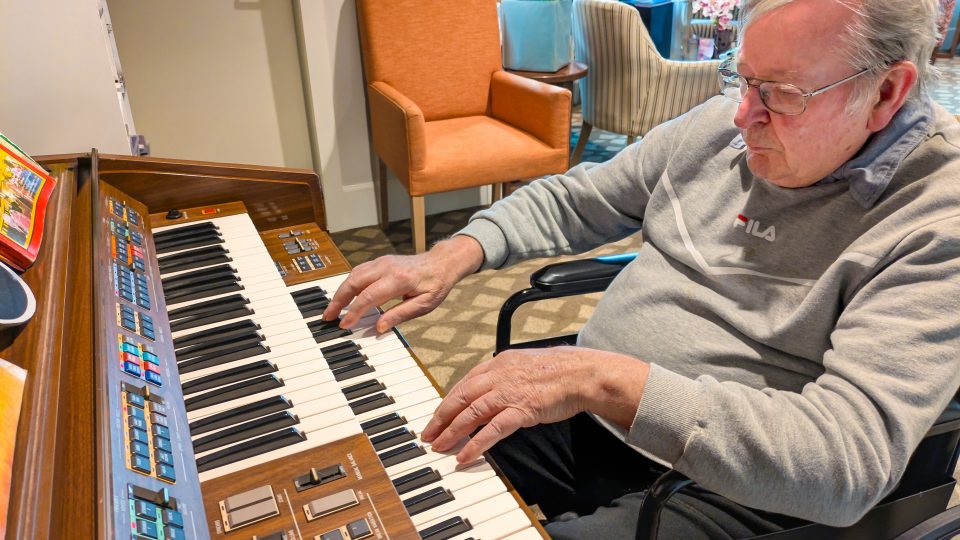
Wyndham Lodge Choir
Every Tuesday afternoon, residents gather in the sunny music room at Baptcare’s Wyndham Lodge Residential Aged Care community to sing together.
- 25 Jun 2025
-
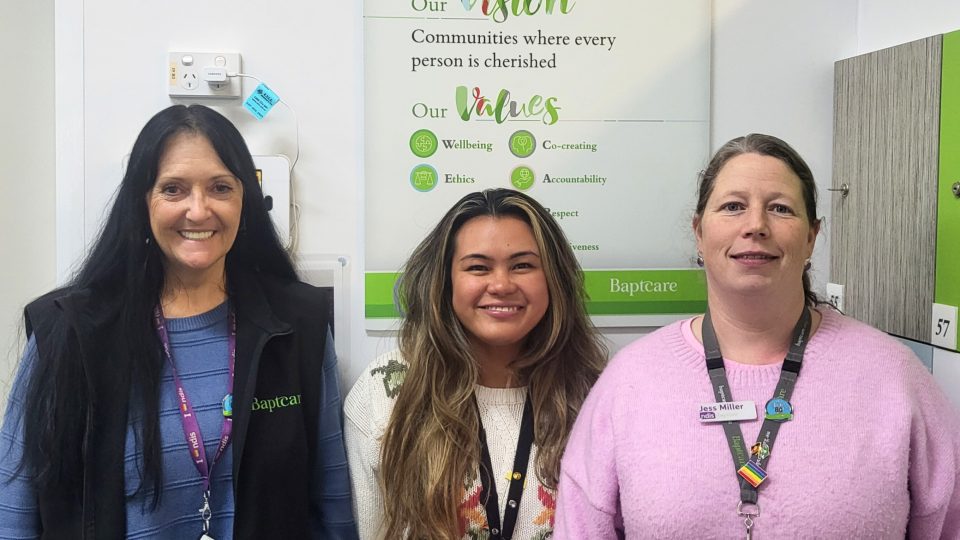
The Green Team at Moonah Hub
The Sustainability Team, known as ‘The Green Team’, are based at Baptcare Moonah Hub in Hobart and are all about promoting environmentally friendly and sustainable practices in their office, the wider organisation and the local community. We asked Jess Miller, their enthusiastic and determined leader, all about the team and what they do. Read more below!
- 11 Jun 2025
-
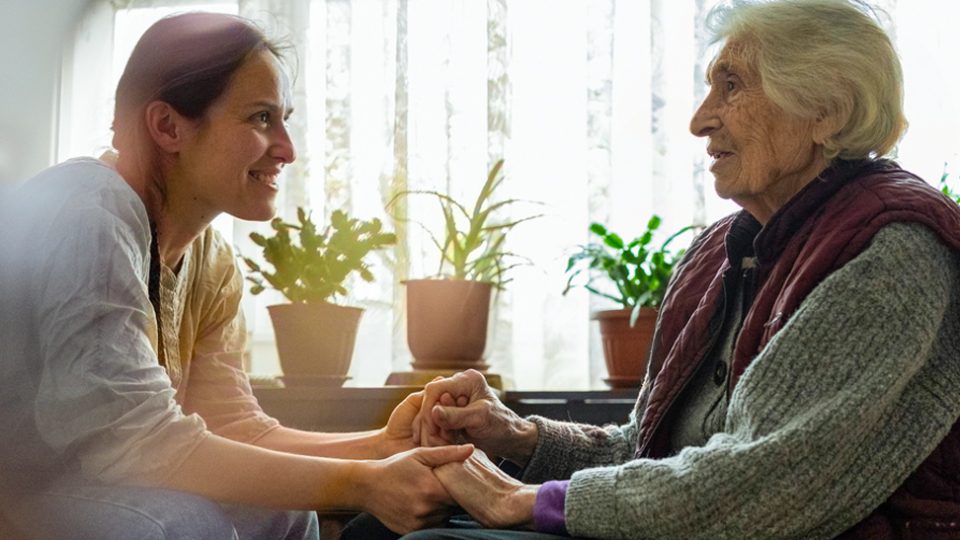
Tips for addressing depression in older adults
Our post-retirement ‘golden years’ are often portrayed as a time of relaxation and enjoyment with plenty of time on our hands to enjoy the things we love. However, for many older adults this period can be overshadowed by struggles with depression.
- 05 Jun 2025
